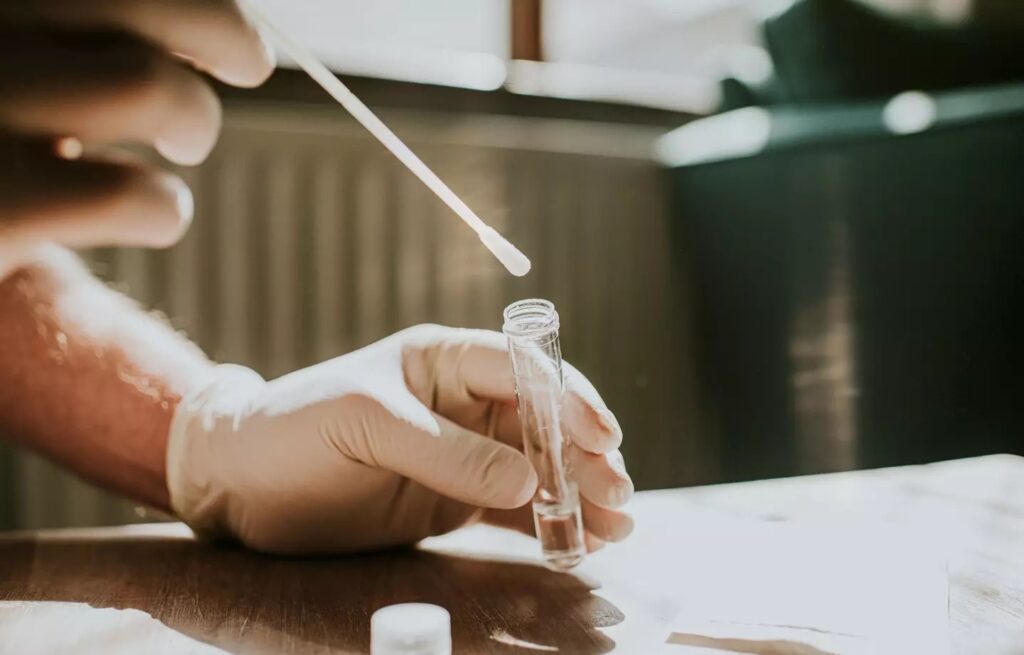If you’ve noticed a unique smell from older relatives, such as your great aunt Agnes, it’s not because of poor hygiene or increased physical activity. Rather, it’s caused by a particular unsaturated aldehyde that affects body odor. While body odor is a combination of different factors, this specific component becomes more pronounced as people age, leading to the recognizable ‘elderly’ scent.

2-Nonenal is a compound that contributes to the distinctive smell of aged beer and buckwheat, and it also influences human body odor as we grow older. A 2001 study revealed that the presence of 2-Nonenal increases with age, particularly after 40, changing the body’s scent. This unsaturated aldehyde has an unpleasant oily and grassy odor. The study included participants aged 26 to 75 and discovered that 2-Nonenal was found only in individuals aged 40 and above.

The research provided additional details, indicating that with aging, there’s an increase in omega-7 unsaturated fatty acids and lipid peroxides on the skin’s surface. These elements are closely associated with the levels of 2-Nonenal found in body odor.
Specifically, 2-Nonenal is produced through the oxidative breakdown of omega-7 fatty acids, a process initiated by lipid peroxides that trigger an oxidative chain reaction. The findings of the study assert that the formation of 2-Nonenal through the degradation of omega-7 fatty acids is a key factor in the alteration of body odor as one ages.

Parkinson’s Disease (PD), generally seen in people over 50, can also influence body odor. While not everyone may notice the change, individuals with a keen sense of smell might detect it. According to the American Parkinson’s Disease Association (APDA), those with PD frequently suffer from increased seborrheic dermatitis, characterized by scaly, red skin due to excessive oil production by sebaceous glands.
Studies on the sebum composition of PD patients have identified several substances present in higher amounts compared to those without PD. As a result, sebum analysis is being explored as a potential diagnostic tool for Parkinson’s Disease.
